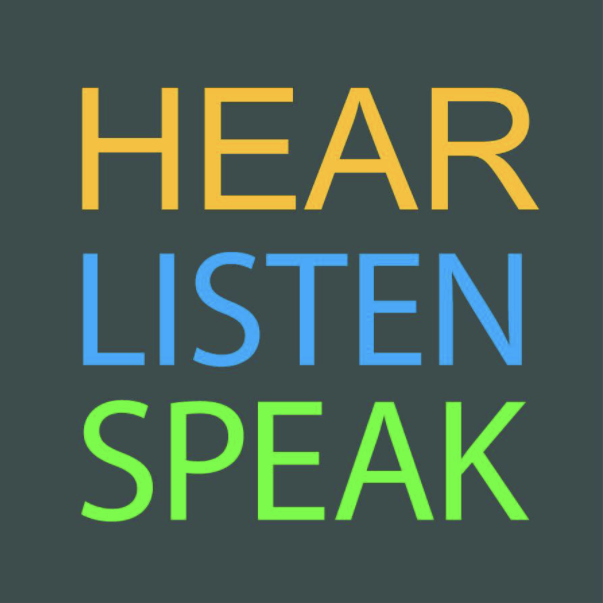So you’ve found some amazing music that you really love in your target language.
You’ve put together a playlist and have been listening to your favorite songs, acclimatizing your ears to these foreign sounds.
Now, hopefully this language doesn’t even sound so foreign anymore – less like a bunch of random, jumbled sounds that you can’t distinguish.
What you’re looking (or listening) for now is these sounds to feel more familiar, to be used to hearing them in combination.
Once you’re at this stage of familiarity, like you feel you can easily recognize the language you’re learning and identify it…
It’s time to move on to reading what you hear and speaking! (Disclaimer: this technique mostly applies to languages with alphabets.)
A very strong word of caution: the same letters are used in extremely different ways across languages.
This leads to a huge struggle when learning to hear and pronounce a new language that is written with the same letters as your native language(s).
For example, the letter R can represent at least seven different sounds among the handful of languages I speak!
So the very real danger here (and one of the reasons for strong foreign accents) is pronouncing the letters you see as if you were reading your native language.
This is something we want to avoid, and the main reason I always recommend not learning to read first.
If you start reading before learning to hear and process the sounds of your target language, you’re setting yourself up for long-term comprehension and pronunciation problems.
And if you read without hearing the native pronunciations of the words you’re seeing, you’ll be fossilizing mistakes every time.
So, what’s the solution to this problem?
You might be able to guess that I’m gonna recommend MUSIC above all else!
Take your favorite songs, and use an app like Musixmatch (which is now integrated into Spotify) to automatically scroll the lyrics to all of your favorite songs in any language.
This is a crowdsourced app, so if there’s a song without lyrics or the lyrics aren’t synced to the music, you can always contribute yourself!
Pay careful attention to the pronunciations first of all, and the written words second.
Language is at its base a spoken medium of communication, which we then transcribe with written words.
This means that not every sound you hear will be written exactly the same each time, and vice versa.
Some languages are more phonetic than others, meaning the sounds map onto the letters more exactly.
But no language is perfectly phonetic, pronunciation evolves faster than writing, and people will always drop, reduce, and combine sounds when singing and speaking.
If you’d like to apply this method to other media, I recommend: podcasts with transcriptions; videos with (human generated!) subtitles; and audiobooks with the original book in hand.
It’s extremely important to combine these two forms of language: the spoken/sung and the written.
First, you need plenty of exposure to and experience with your target language, hearing and intensively listening to it for an extensive number of hours.
Then, I recommend combining audio and textual sources for another long period of time, building your confidence in reading as well.
And finally, you’ll get to a point where you can confidently pronounce what you read without even needing to hear it first!
But don’t expect this to happen overnight. This is, as always, a long and intensive process that takes an inordinate amount of time.
So make sure to have fun with it! You should always listen to things that you’re genuinely interested in and excited about.
It’s really not worth it if it feels like a chore, homework, or tedious.
